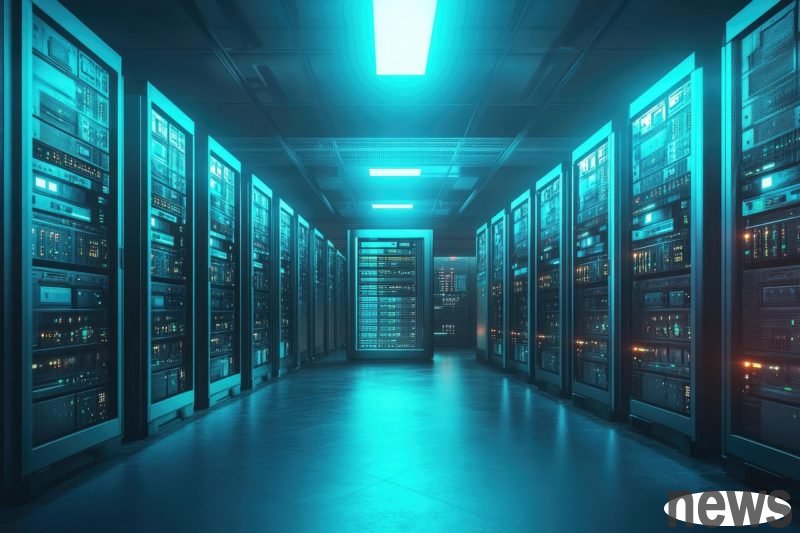
TrendForce's latest research, AI-created data has impacted the storage facilities of global data centers, and a shortage of supply of Nearline HDDs, which traditionally serves as the cornerstone of large-scale data storage, has prompted high-efficiency and high-cost SSDs to gradually become the focus of the market, especially the large-capacity QLC SSD shipment may experience explosive growth in 2026.
The traditional data center storage layer architecture, HDD is a mainstream storage solution for "Cold Data" with the extremely low cost advantage of storage capacity (GB) per unit. Refrigerated data includes backup files, historical records, etc. that are not often stored but require long-term file storage. Regarding AI application expansion, the demand for cold data storage has also risen rapidly.
SSDs are mainly responsible for "Hot Data" and "Warm Data" that require frequent access. If you compare QLC SSD and near-line hard drive, the former not only has better performance, but also saves about 30% of power consumption.
TrendForce said that since major global HDD manufacturers have not planned to expand their production lines in recent years, they are unable to respond to the sudden and huge storage needs of AI stimulus in a timely manner. Currently, the delivery time of near-line hard drives has been rapidly extended from several weeks to more than 52 weeks, accelerating the expansion of the CSP storage gap.
North American CSP has long planned to expand the application of temperature data to use SSDs, but the gap in hard drives is serious, and CSPs have even begun to consider using SSDs for refrigerated data. However, to deploy large-scale scale, we must first solve the double challenges of cost and supply chains.
TrendForce pointed out that if CSP wants to enter QLC SSD to store cold data, it is necessary to consider the correction of data management algorithms, the adaptation of software stacking, and actuarialization of the overall cost of ownership (TCO). It is necessary to keep the price bottom line to achieve cost balance. For SSD suppliers, although this wave of conversion demand is an absolute opportunity to improve profit structure, suppliers will not be willing to reduce prices significantly due to limited capacity of high-capacity products. Therefore, the two parties expect to buy and sell will have a price game, driving the overall corporate SSD contract price to increase by 5% to 10% in the fourth quarter of 2025.